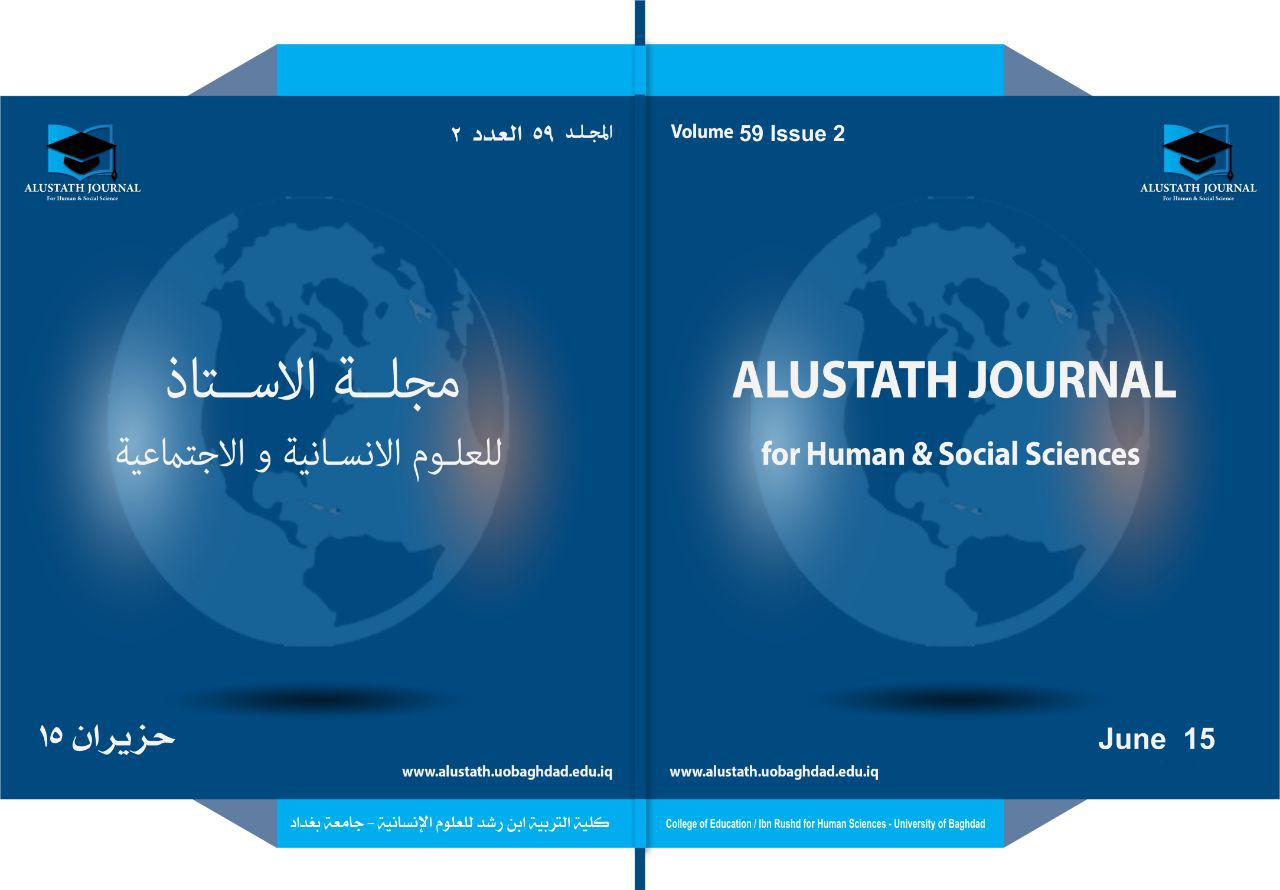مستوى أداء جامعة بغداد العراقية في تصنيف التايمز البريطاني ( دراسة تحليلية مقارنة جامعة الملك عبد العزيز السعودية)
DOI:
https://doi.org/10.36473/ujhss.v59i2.1081الكلمات المفتاحية:
جامعة بغداد, جامعة الملك عبد العزيز, تصنيف التايمز, تحليل أداءالملخص
يعد دخول الجامعات الى التصنيفات الجامعية العالمية لا سيما تصنيفي شنغهاي والتايمز مؤشرا مهما عن مدى اسهام تلك الجامعات في إنتاج المعرفة ، ولكن يلاحظ غياب الجامعات العراقية بشكل واضح عن تلك التصنيفات باستثناء جامعة بغداد التي دخلت تصنيف التايمز البريطاني 2019 لأول مرة ولكنها للأسف جاءت في المراكز الأخيرة ضمن هذا التصنيف حسب نتائجه ، هدفت هذه الدراسة الى دراسة مستوى أداء جامعة بغداد وأدائها في تصنيف التايمز مقارنة مع جامعة الملك عبد العزيز من أجل التعرف والوقوف على أهم نقاط القوة والضعف في أداء الجامعة وذلك باستخدام منهجية تحليل المحتوى وكذلك استخدام طريقة المقارنة المرجعية. حلل الباحث أداء جامعة بغداد على وفق المعايير الخمسة لتصنيف التايمز ومؤشراته الفرعية. شخصت نتائج هذه الدراسة أهم نقاط الضعف والقوة في أداء جامعة بغداد. ومن أجل التغلب على نقاط الضعف ومن أجل تعزيز نقاط القوة في الأداء, قدم الباحث عددا من التوصيات من أجل تحسين أداء جامعة بغداد في النسخة القادمة من تصنيف التايمز.
التنزيلات
المراجع
References
Abdul Hai, A. (2014). Factors decrease the position of Arabic universities world
ranking
universities and ways to improve them. A paper submitted to the conference of
improving Arabic universities based on new trends in the world. Ain Shams
University, Egypt.
Annual Administrative Report (2017). Baghdad University. Retrieved from
http://uobaghdad.edu.iq/?page_id=23691
BBC News (2018). Baghdad University makes global ranking. Retrieved from
https://www.bbc.com/news/business-45627486
Fifer, R. M. (1989). Cost benchmarking functions in the value chain. Strategy &
Leadership, 17(3), 18-19.
Mahmood, Khaled (2014). Mechanism for improving Egyptian universities positions in
the list of world ranking universities in order to improve teaching. A paper
submitted to the conference of improving Arabic universities based on new
trends in the world. Ain Shams University, Egypt.
QS Top Universities (2019). World University Rankings. Retrieved from
https://www.topuniversities.com/university-rankings/world-universityrankings/2020.
Rajab, M. & Azzazy, F. (2016). The relationship between justice academic information
and the world universities ranking. Journal of culture and development 16 (100)
pp 70-79.
Saisana, M., & d’Hombres, B. (2008). Higher education rankings: Robustness issues
and critical
assessment: How much confidence can we have in higher education rankings?.
Luxembourg: European Commission Joint Research Centre, Institute for the
Protection and Security of the Citizen, and Centre for Research on Lifelong
Learning.
Salmi, J. (2009). The challenge of establishing world-class universities. World Bank
Group.
Soh, K. (2015). What the Overall doesn’t tell about world university rankings:
examples from ARWU, QSWUR, and THEWUR in 2013. Journal of Higher
Education
Policy and Management. Vol. 37, No. 3, 295–307.
Steiner, J. E. (2007). World university rankings: A principal component analysis. Sao
Paulo:
Instituto de Estudos Avancados da Universitdade de Sao Paulo. Retrieved from
http://arxiv.org/ftp/physics/papers/0605/0605252.pdf
Times Higher Education (2018). World University Rankings in 2019. Retrieved from
Web of Science (2019). Core Data Collection. Retrieved from
http://apps.webofknowledge.com.gate.lib.buffalo.edu/Search.do?product=WOS
&SID=8BXRPUQQ6sBC8tcvl7d&search_mode=GeneralSearch&prID=41d2bd
a-ad93-44fe-91ac-536f59ba33ea












